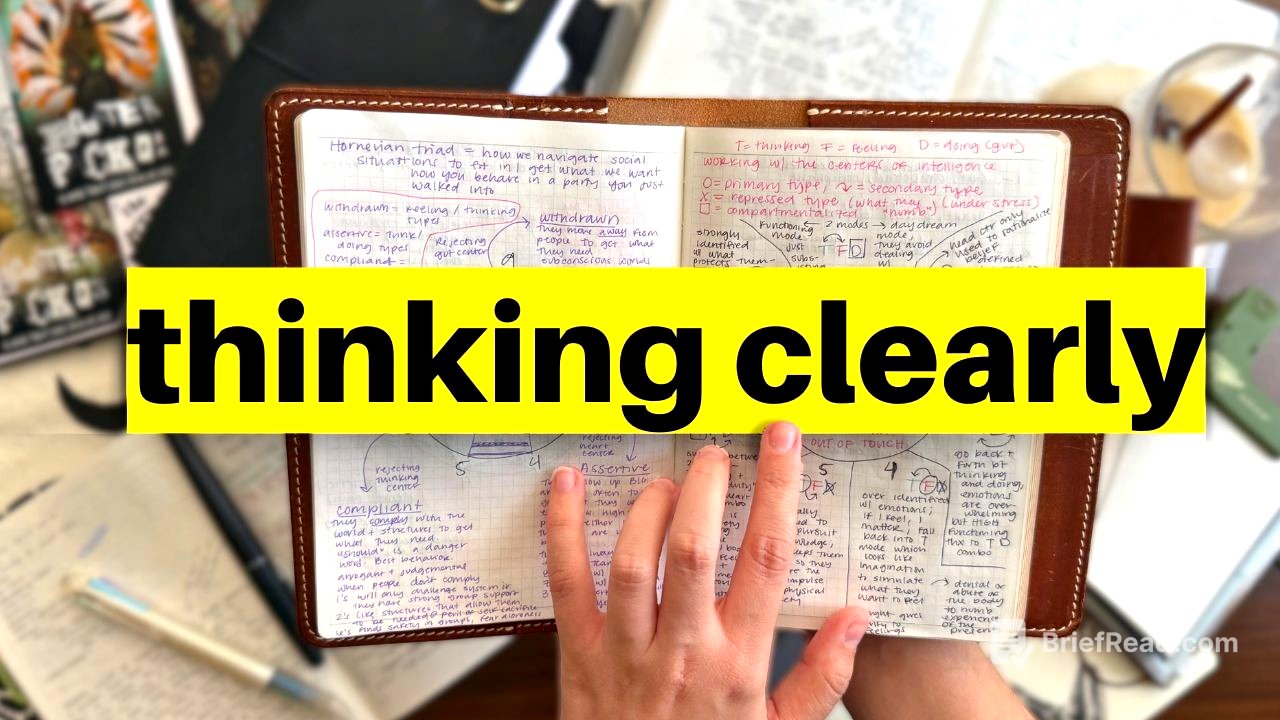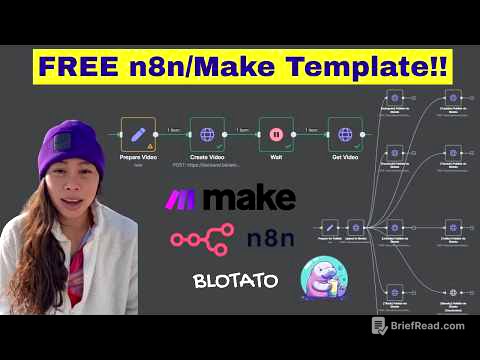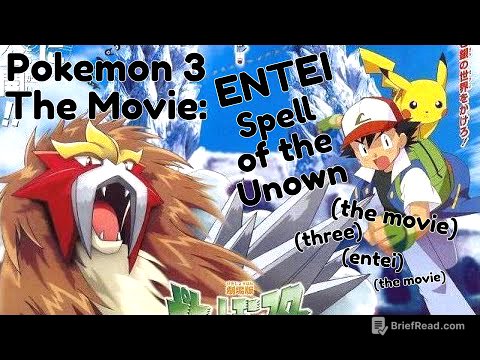TLDR;
This video introduces the concept of a "thinking book" as a tool to achieve mental clarity by working through mental clutter that traditional productivity systems often miss. It differentiates a thinking book from a journal, emphasizing its outcome-oriented approach focused on problem-solving and decision-making rather than reflection. The video also provides practical techniques for using a thinking book, including mind mapping, discrete issue processing, and drawing, along with guidance on how to set up and organize a thinking book for maximum effectiveness.
- A thinking book helps to find mental clarity.
- It's outcome oriented, focused on problem-solving and decision-making.
- Techniques include mind mapping, issue processing, and drawing.
Intro [0:00]
The video addresses the feeling of mental clutter despite using productivity tools effectively. It introduces the concept of a "thinking book" as a solution to work through mental clutter that productivity tools can't address. The video promises to explain what a thinking book is, why it's needed, and how to start using one.
What is a Thinking Book? [0:50]
A thinking book is essentially a notebook that helps to achieve mental clarity. Mental clutter involves dwelling on past problems, being uneasy about future tasks, and overthinking without reaching conclusions. Cognitive load theory explains that our working memory gets overloaded when we try to hold too many thoughts at once, leading to mental crashes. Mental clarity, in contrast, involves focusing on one thing at a time without constant distractions.
Thinking vs Journaling [2:34]
The key difference between a thinking book and a journal is that a thinking book is outcome-oriented, focused on solving problems and making decisions, whereas a journal is reflection-oriented. In a journal, the writing itself is the destination, serving to document feelings, keep memories, and process emotions. In a thinking book, writing is a vehicle to reach a clear answer or action plan. Both can be in the same notebook, but the purpose differs: a journal is for reflection, while a thinking book is for action.
What Differentiates a Thinking Book [4:24]
What sets a thinking book apart is its temporary nature; it's not the final destination for thoughts but a tool for the thinking process. Ideas are worked through to reach a conclusion, and then the final insights are moved to their permanent home, such as a notes app or a planner. The thinking book is a workshop where ideas are built, not a gallery where finished pieces are displayed. Thoughts are transferred from the initial messy state in the brain to their final, usable form.
How to Use a Thinking Book [7:47]
The video introduces three core thinking techniques to use in a thinking book: mind mapping for complex problems, discrete issue processing for mental clarity, and drawing for creative breakthroughs.
For Solving Complex Problems [7:54]
Mind mapping is useful for problems with multiple moving parts or when the complexity of a situation is unclear. The key is to freely express thoughts without judgment, then look for patterns and solutions. An example is provided where mind mapping was used to decide whether to go to work while sick with COVID, illustrating how it helped to consider all options, even the less rational ones, to arrive at the best course of action.
The Key with Mindmapping [10:31]
The key with mind mapping is to not judge or edit as you go. The goal is to get whatever is in your head onto paper and then look for patterns, solutions, and answers to the problem.
Processing Discrete Issues [10:59]
Longhand writing in a thinking book should focus on specific, discrete issues that need resolving. Unlike journaling, which can be extensive and reflective, writing in a thinking book aims to narrow down and address a particular problem. An example is provided of journaling about the ethics of the content ecosystem to clarify personal perspectives and inform future actions. Getting thoughts on paper helps to realize the issue is manageable, leading to clarity and potential behavior changes.
Drawing as a Thinking Technique [14:17]
Drawing and doodling can aid problem-solving, with research supporting the idea that doodling while thinking can help. The physical act of drawing can occupy part of the brain, allowing for clearer thinking. Some problems require visual solutions that writing alone cannot achieve.
Solving Spatial Problems [16:05]
Drawing is particularly useful for spatial problems, such as mapping out locations for a fanfiction or redesigning a living room. Visual aids are necessary to imagine and work through these types of problems effectively.
Drawing to Increase Understanding [16:53]
Drawing can also help capture the essence of something or someone, aiding in understanding and problem-solving. An example is provided of drawing a character for a role-playing game to better understand their behavior and appearance. Drawing can express emotions and provide insights, making it a valuable tool in a thinking book.
How to Set Up a Thinking Book [19:27]
A thinking book can be any notebook, from a simple composition notebook to a fancy, expensive one. The key is to choose a notebook that feels good to write in but isn't so precious that you're afraid to make mistakes. Grid notebooks are preferred for their versatility in writing and drawing.
The Key to Choosing a Notebook [20:44]
The key to choosing a notebook is that it feels good to write in, but also it isn't so precious that you're afraid to mess up a page.
A Note on Size [21:30]
A larger size is generally preferred for a thinking notebook because it provides more surface area to work through thoughts on a single spread. While smaller notebooks can be used, they may require extending thinking across multiple pages.
How to Organize Your Thinking Book [23:00]
Experimentation is key to finding the best organization method. While an index can be useful, it can also be hard to maintain. A practical method is to mark pages as completed by crossing off the page number at the bottom, indicating that the thinking has been transferred to its permanent home. The crucial step is to transfer key insights out of the thinking book and into their appropriate permanent locations, after which the thinking book can be discarded once filled.









